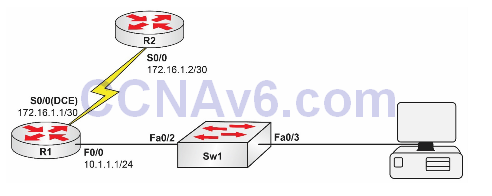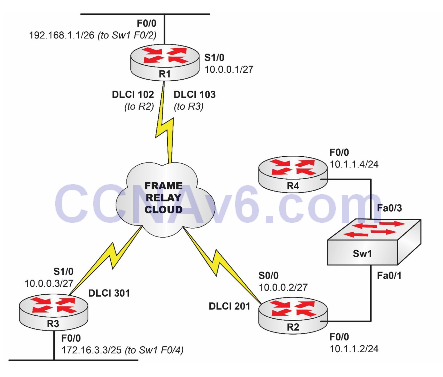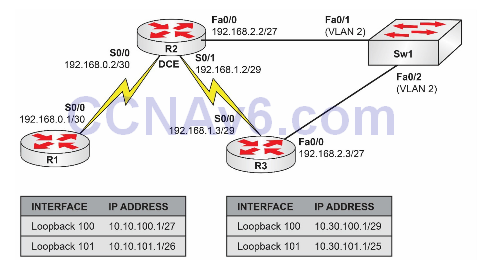Category: 120 Labs CCNA
120 Labs and solutions to give you the confidence and speed to pass the practical teste in your Cisco CCNA and CCENT exams: Exam CCNA 200-125, Exam ICND1 100-105, Exam ICND2 200-105
Lab Objective: The objective of this lab exercise is for you to learn and understand how to create and apply standard numbered access control lists (ACLs). Lab Purpose: Configuring and applying standard ACLs is a fundamental skill. Standard ACLs filter based on source address, and they should be …
Lab Objective: The objective of this lab exercise is for you to learn and understand how to configure the Cisco router to access the time from an NTP server. Lab Purpose: NTP is an important tool used by Cisco equipment to ensure that devices share a consistent time. …
Lab Objective: The objective of this lab exercise is for you to learn and understand how Cisco IOS routers forward DHCP requests to remote DHCP servers. Lab Purpose: Configuring Cisco IOS routers to forward DHCP requests to remote DHCP servers is a fundamental skill. In some cases, DHCP …
Lab Objective: The objective of this lab exercise is for you to learn how to implement DHCP in a Cisco router both as a DHCP server and a DHCP client. Lab Purpose: Configuring DHCP is a very important task for every network engineer, as this protocol is in …
Lab Objective: The objective of this lab exercise is for you to learn and understand how to configure the Cisco IOS DHCP server. Lab Purpose: Configuring the Cisco IOS DHCP server is a fundamental skill. DHCP (Dynamic Host Configuration Protocol) provides dynamic addressing information to hosts on a …
Lab Objective: The objective of this lab exercise is for you to learn and understand the effects of split horizon in a typical hub-and-spoke topology. Lab Purpose: Configuring and troubleshooting split horizon is a fundamental skill. RIPv2 is a distance vector protocol, and as such uses split horizon …
Lab Objective: The objective of this lab exercise is for you to learn and understand how to prevent RIPv2 from sending unnecessary updates by using passive interfaces. Lab Purpose: Preventing unnecessary RIPv2 updates using passive interfaces is a fundamental skill. By default, RIPv2 sends updates via multicast on …
Lab Objective: The objective of this lab exercise is for you to learn and understand how RIPv2 updates are sent. Unlike RIPv1, RIPv2 sends updates using multicast. Lab Purpose: RIPv2 update debugging is a fundamental skill. By default, RIPv2 sends updates via multicast. You can use debugging commands …
Lab Objective: The objective of this lab exercise is for you to learn and understand automatic network summarization using Routing Information Protocol version 2 on a Cisco IOS router. By default, when RIP routing is enabled on networks, it performs summarization at default network boundaries. Lab Purpose: RIPv2 …
Lab Objective: The objective of this lab exercise is for you to learn and understand how to configure Routing Information Protocol version 2 on a Cisco IOS router. Lab Purpose: RIPv2 configuration is a fundamental skill. By default, when RIP is enabled on a Cisco router, both version …




